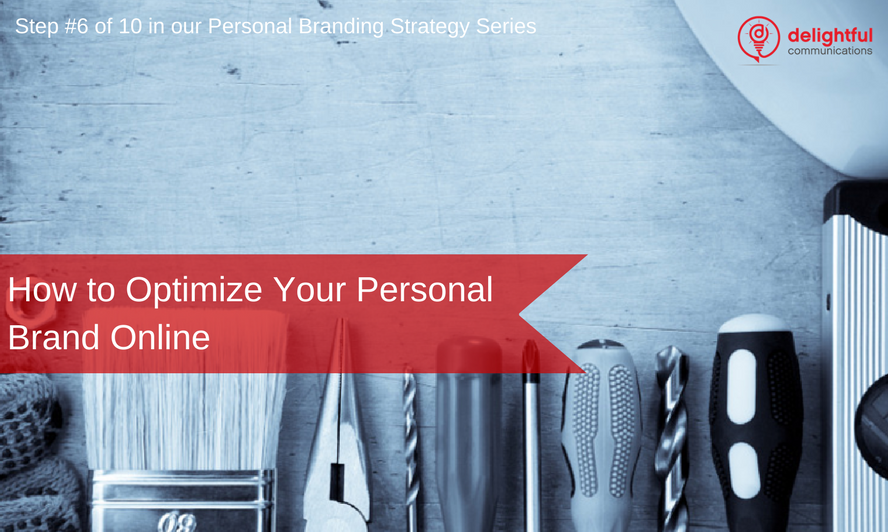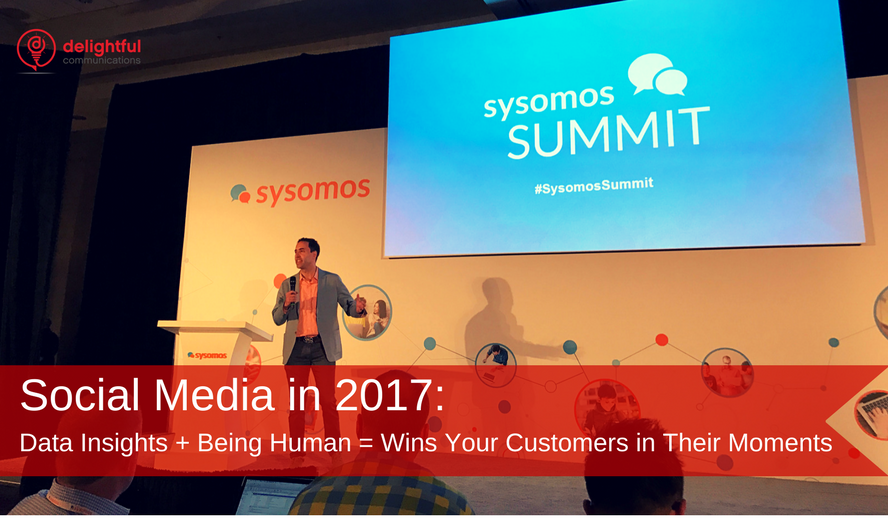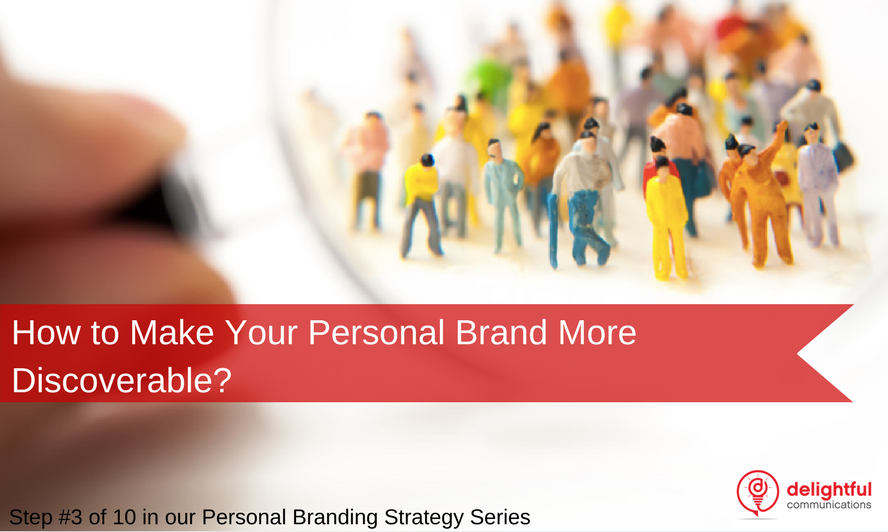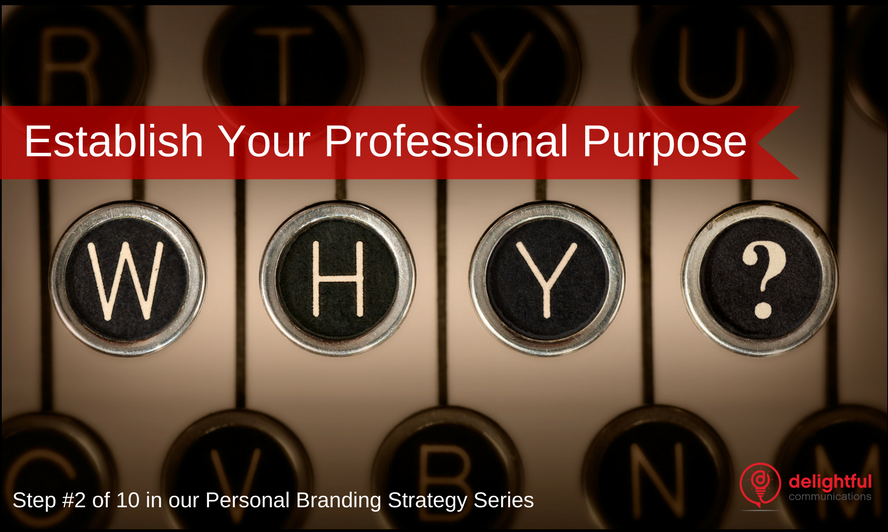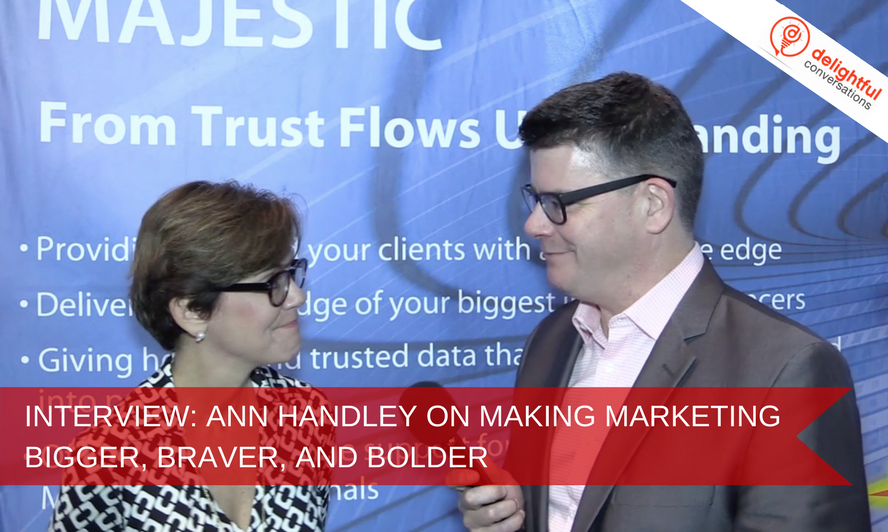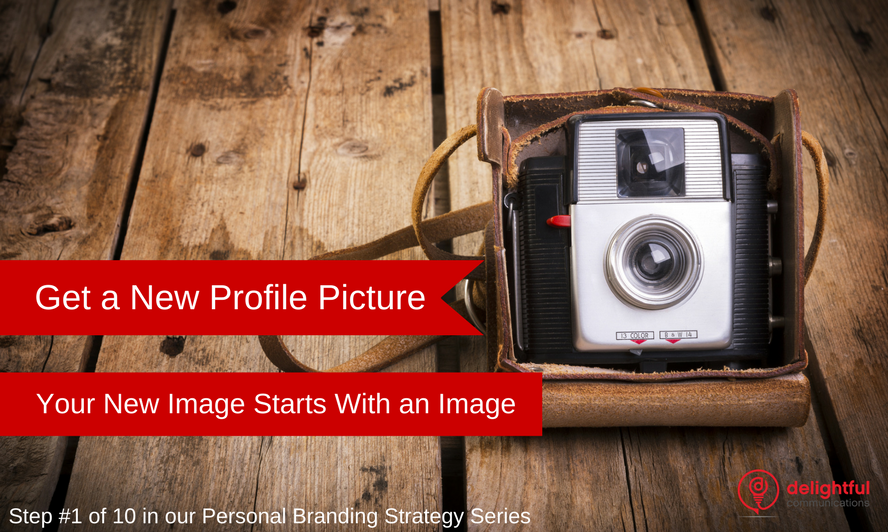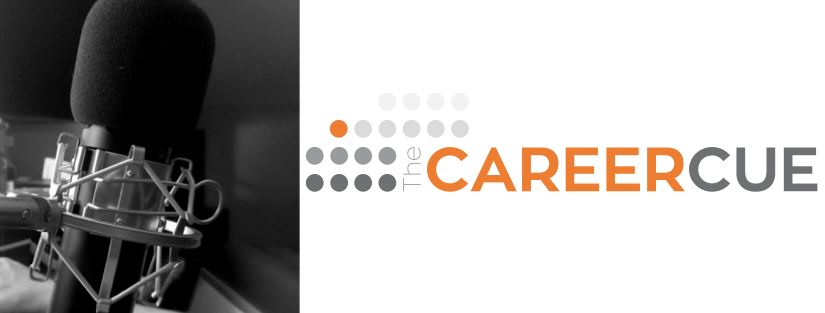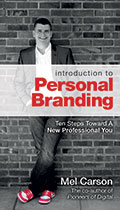One of the top requests we get from prospective personal branding clients here at Delightful is from executives wanting to be seen as thought leaders in their field.
They understandably want to build their personal brand around their expertise, but during the analysis phase of the framework we’ve designed, there’s often a huge gap between how often they broadcast and how often they’re intent on listening and showing empathy.
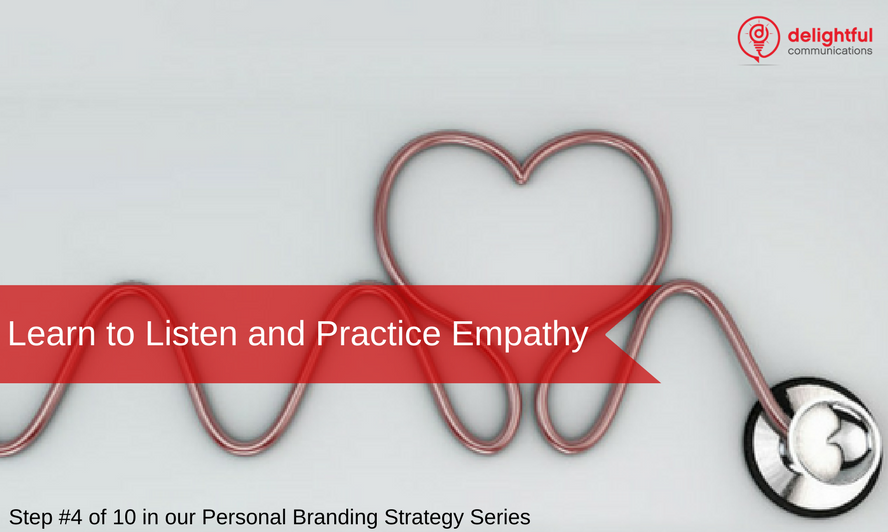
The biggest misnomer when it comes to personal branding is that the focus should be all about you.
Yes, it’s your personal brand we’re trying to uncover and grow, but in order to make the best, most well-rounded impression on the people in your sphere, you need to practice the art of listening and being empathetic.
Whether online or in-person, growing your network is important if you’re going to amplify the message that you’re a go-to person in your field for information or advice. Too often, though, you run the risk of showing up on social networks or at events with an agenda that smacks of self-service, and after a while, that attitude wears thin and does not reflect well on you.
What professionals looking to position themselves well in their industry need to do well is strike a balance between talking about themselves, and asking questions of others. It’s human nature to talk about ourselves (especially in professional situations) because it makes us feel good. Whether we’re happy about ourselves at that particular moment in time or not, it feels good to vocalize whatever is on our mind.
If it feels good for you, then it will feel good for other people, right? So make sure you take an interest and ask questions.
Read More

